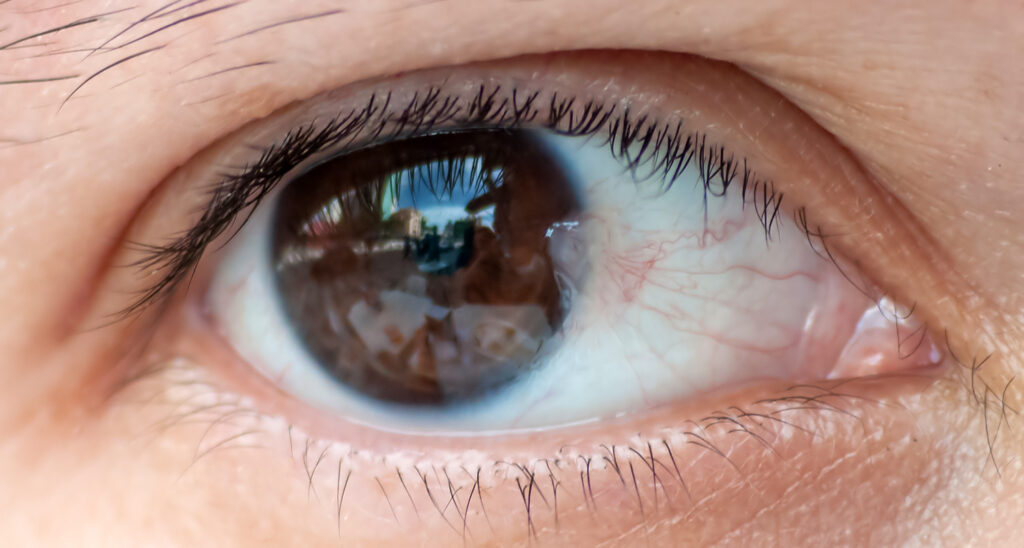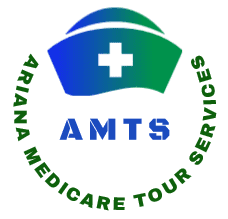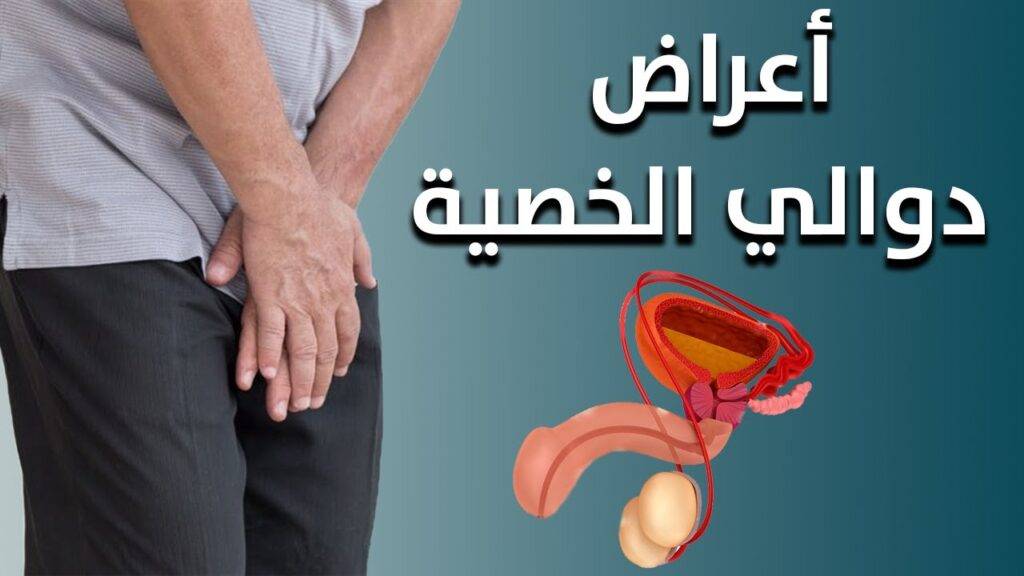Pterygium disease, also known as vernal ophthalmia, is a condition that can affect the eye and cause inflammation and swelling of the conjunctiva, which is the transparent membrane that covers the white part of the eye and the inside of the eyelid. This disease can be painful and uncomfortable for those affected, but there are several ways to treat it.

Article contents:
- What is pterygium?
- Cause of pterygium.
- Symptoms of eye disease.
- Complications of pterygium.
- How to diagnose pterygium.
- Ways to treat pterygium.
- Duration of pterygium surgery.
- Important note.
1. What is pterygium?
This disease is usually referred to as a thin crust that occurs in the corner of the eye on the side of the nose and causes swelling, and over time it grows towards the pupil. The pterygium is usually pink or red in color due to the presence of many blood vessels. This tumor is benign and cannot be considered eye cancer. But it can also be seen in both eyes of the patient; In this case, it is called bilateral pterygium.
If this disease progresses, people will experience vision problems such as blurred vision and double vision.
Therefore, they should be treated by a skilled and experienced doctor.
2. The cause of pterygium
- Prolonged exposure to ultraviolet rays such as sunlight.
- Dry Eye.
- Living in areas with a warm climate.
- Exposure to irritants such as dust, sand and wind.
- Family history
3. Symptoms of pterygium disease
- Blurred vision and double vision.
- Yellow swelling on the conjunctiva.
- Burning sensation inside the eye.
- Itchy eyes.
- Eye redness.
- The feeling of the presence of a foreign body in the eye that does not go away by rubbing and washing with water.
4. Complications of pterygium
- Disorder in the use of contact lenses.
- Creating astigmatism.
- Corneal deformity due to pterygium growth.
- Deviation of the eye.
- Deterioration in the appearance of the eyes.
- Visual problems.
- Ulcers in the cornea of the eye.
5. How to diagnose pterygium in Iran and the city of Shiraz
magnification of this lamp; For a more accurate diagnosis it is possible to perform tests such as visual limit testing (reading a series of letters and marks written by the patient from a chart), corneal topography (measuring changes in the curvature of the cornea), and taking photography (taking pictures to check the development of pterygium).
6. The method of eye nail surgery in the hands of the most skilled doctor in Iran in the city of Shiraz
This treatment method is used to remove tissue and repair the conjunctiva of the eye. In this operation, the created tissue is removed from the eye and cornea, and then, using sutures and adhesive, conjunctival tissue will be transplanted to fill the empty space after the lesion is removed.
7. Duration of pterygium surgery
- This process lasts about 30-40 minutes. After the procedure, the eyes must be covered for 1-2 days and steroid eye drops must be used for several weeks.
8. An important note in pterygium surgery
- Pterygium surgery if it is not performed by an experienced and highly skilled surgeon; It will also have rare complications such as subconjunctival hemorrhage, pterygium recurrence, and lack of proper attachment to the conjunctiva.
Sources
Parikh SN, Crawford AH, Do TT, Roy DR (2004). “Popliteal pterygium syndrome: implications for orthopaedic management”. Journal of pediatric orthopaedics. Part B / European Paediatric Orthopaedic Society, Pediatric Orthopaedic Society of North America ۱۳ (۳): ۱۹۷–۲۰۱. PMID
Read more about other articles in the medical fields (Cosmetics and Medical).
- Hair Transplantation in Iran
- Rhinoplasty (Nose Job in Iran)
- Face Lift Surgery (Rhytidectomy) in Iran
- Breast Lift in Iran
- Chin Surgery in Iran
- Liposuction in Iran
- Tummy Tuck (Abdominoplasty) in Iran
- Butt Augmentation (Brazilian butt lift)
- Breast Augmentation in Iran
- Eye Care in Iran
- Cataract Surgery in Iran
- Diabetic Retinopathy Treatment in Iran
- Heart Surgery in Iran
- Knee Replacement in Iran
- Eyelid Surgery in Iran
- Safe Abortion in Iran
- Fertility Treatment in Iran


